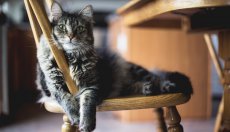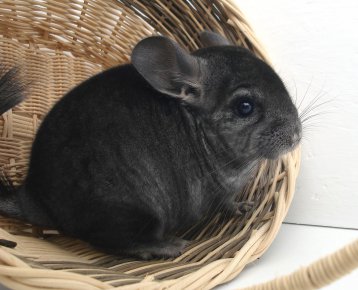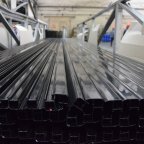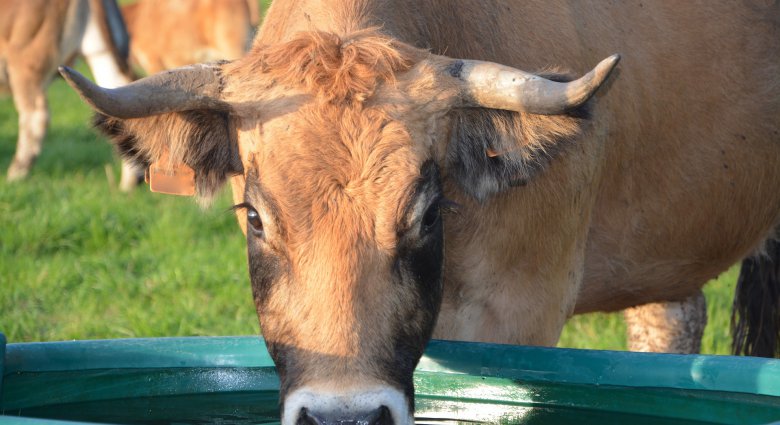
The Do’s And Don’t’s Of Livestock Water Troughs
All animals kept on farms or in a domestic setting require access to drinking water. Our quick and easy guide outlines the choices of water trough available for animals, as well as providing information about regulatory requirements and successful installation.
If you are planning on purchasing a water trough for your livestock, there’s basically two main options, steel drinking troughs and plastic water troughs (concrete troughs exist but are a less popular option).
Steel water troughs are perfect for most livestock, including sheep, cattle and horses, not least because they are durable and hard-wearing however you need to make sure your metal trough has been made from galvanised steel as this will prevent rusting and provide a really long-term, low maintenance solution for watering your animals.
Steel water troughs come in a number of different styles designed for different purposes such as for sheep and livestock, whilst others have useful accessories such as service boxes and ball floats. You also need to consider what’s the ideal size for your requirements as troughs come in lots of different sizes and capacities eg for open fields or pen enclosures. They can even be used as planters to add a rustic appeal to gardens! If you are not sure what you need there are trough kit packages available that include all you need to get going quickly.
The other main option is plastic, which is obviously cheaper to buy. Plastic troughs are best for temporary or semi-permanent use as they are lightweight to transport and install, however reasonably durable. There are lots of designs to select from including fast-fill, round troughs and single and double troughs in a variety of sizes.
Ensure the plastic trough you select is frost-proof, UV protected and can withstand extreme climates, as this will mean it is suitable for indoor or outdoor use. If you are not sure what trough is best for your livestock, make sure you speak to an expert supplier for their advice.
Rules and Regulations
Before you make provision of a water trough for your livestock it is important that you appreciate that there a large number of water supply regulations applying to agricultural premises that must be adhered to. The main purpose of these regulations is to protect water supplies from contamination, prevent waste of water (and money) and ensure installed systems are fit-for-purpose and reliable. The major responsibility of the farmer or landowner is to ensure that whatever provision they make, they do not cause or risk any deteriation in water quality. For this reason always make sure you you check out the latest governmental guidelines before your install.
Main points to bear in mind are as follows:
- Animal and poultry drinking troughs and bowls must have a suitable air gap and a float operated system or similar.
- Non-wholesome water must not be connected to a pipe with wholesome water unless an adequate backflow prevention device is installed.
- Water supplies for farm processes (such as chemical mixings) should have a suitable backflow prevention device.
- Underground pipes should be buried at a minimum of 750mm. Written permission and adequate protection against frost is required for pipes shallower than this.
- Float operated valves must comply with 8S1212 Part 2 or 3 required for cisterns and must have a servicing valve
- No pipe or fitting can be installed in contact with contaminated material (e. g. fuel store, silage silo or cesspit).
- You need to ensure the location of water meters and stop-taps are known. Regularly checking meter readings may highlight a burst or leaking pie.
The five levels of fluid contamination
Level One represents wholesome water supplied by a water supplier meeting the quality requirements of drinking water. Level two is for water in fluid category one whose aesthetic quality has been impaired due to a change in temperature, substance or organism causing a change in taste, odour or appearance. Level three is fluid that represents a slight health hazard because of the concentration of substances of low toxicity including any fluid which contains; ethylene glycol, copper sulphate solution (or similar) sodium hypochlorite etc.
The fourth level is for fluid that presents a significant health hazard because of the concentration of toxic substances, including any fluids which contains chemical, carcinogenic substances or pesticides (including insecticides and herbicides) or environmental organisms of potential health significances. The fifth level is for fluid representing a serious health hazard because of the concentration of pathogenic organisms, radioactive or very toxic substances including any fluid which contains faecal material or other human waste, or butchery or other animal waste or pathogens from any other source.
Things To Remember
In certain circumstances, notification must be given before carrying out alteration works.
You should only buy approved fittings as the user and installer are responsible if fittings that do not comply are used. Lead piping or fittings may not be installed in new projects, this includes lead solders. Pipes in roof spaces and unheated areas need to be properly insulated from frost. Preformed pipe insulation is available. Pipe work downstream of the water supplier’s meter and stop tap is the responsibility of the property’s owner. Always use a reputable plumber. Instillation of a system to raise the water pressure above 12 I/m must involve first contacting your water supplier.
External partner's article
View
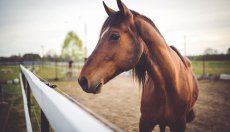
The process of domestication of horses
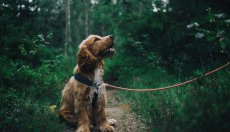
Dog collars or suspenders? What to choose?
